Apple executives recently talked about Apple Silicon in an interview, explaining the Neural Engine and the company's chip design process.
Laura Metz, the Director of Product Marketing, Anand Shimpi of Hardware Engineering, and Tuba Yalcin from the Pro Workflow team join the interview to discuss the Apple Silicon design process and some of the newest Macs.
The 30-minute video with Andru Edwards covers various topics, from how the Pro Workflow Team helps in Apple design to how Apple adds more powerful chips to smaller devices.
They also discussed the Neural Engine that is found in Apple Silicon. Introduced in the A11 Bionic chip inside the iPhone 8 and iPhone X, the Neural Engine is a specialized computing component for specific tasks, as opposed to the general-purpose computing that the rest of the CPU delivers.
The Neural Engine is optimized to handle machine learning and neural networking tasks for things like photography. For example, the 16-core Neural Engine in the M2 Pro and M2 Max chips can handle 15.8 trillion operations per second.
Next, they discuss transistors, the foundation of computer chip technology. As semiconductor processes become more advanced over time, manufacturers are able to add more transistors to chips during fabrication.
Moving to a smaller transistor technology is one of the ways that Apple can deliver more features, more performance, more efficiency, and better battery life. As transistors get smaller, manufacturers can add more of them, which can result in additional cores to the CPU and GPU.
Apple also has a special Pro Workflow team with experts across music, video, photographer, 3D visual effects, and more. The team puts together complex workflows designed to test the limits of Apple Silicon and give feedback to the engineers.
 Andrew Orr
Andrew Orr

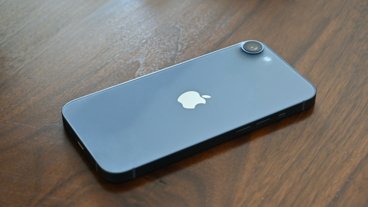
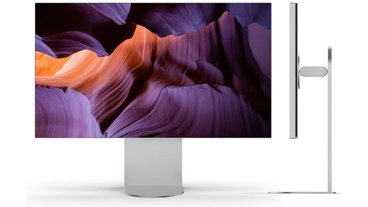
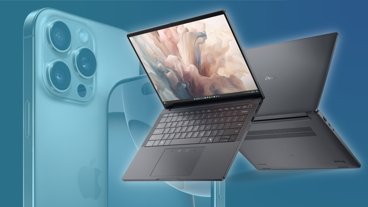
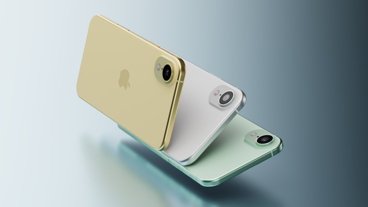
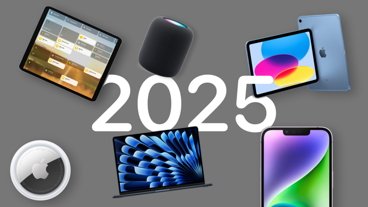
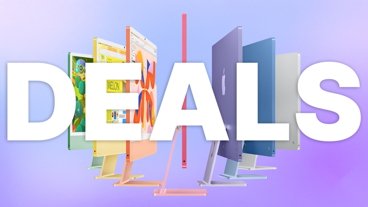
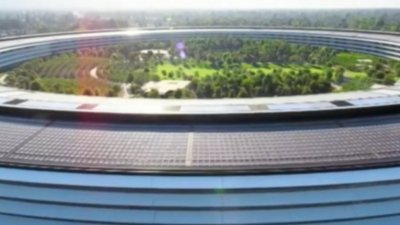
 Malcolm Owen
Malcolm Owen
 William Gallagher
William Gallagher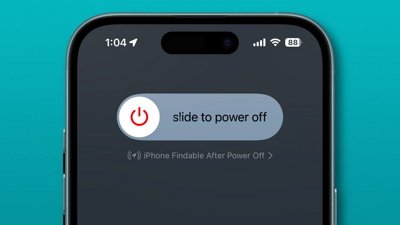
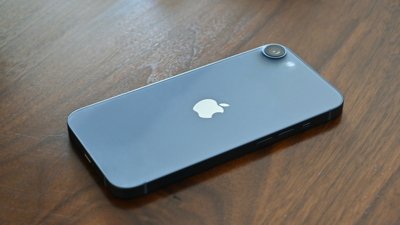
 Wesley Hilliard
Wesley Hilliard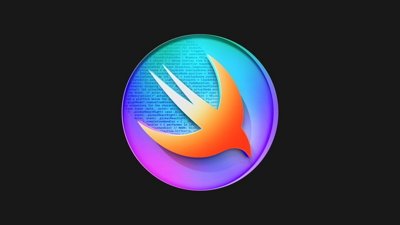
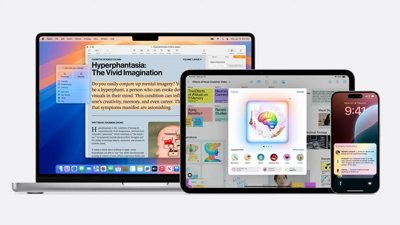
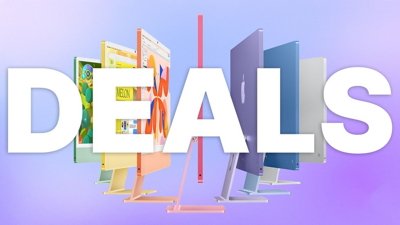
 Christine McKee
Christine McKee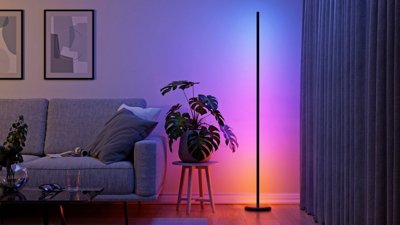
 Andrew O'Hara
Andrew O'Hara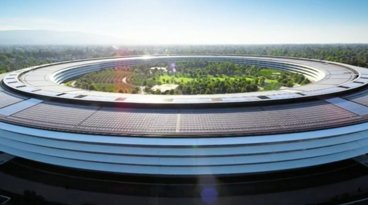





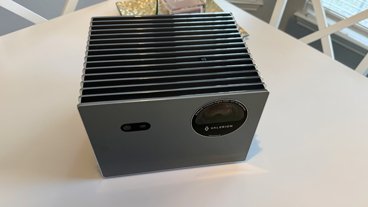
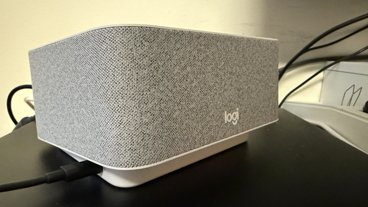


5 Comments
Where is the video posted?
The first link in the article works for me: https://www.youtube.com/watch?v=jtyXZtuDQJ4&embeds_euri=https%3A%2F%2Fforums.appleinsider.com%2F&feature=emb_logo
Nope … def some odd linking issues. Most pronounced between AI’s app and the browser site.
Here is a transcript of Anand Shimpi's technical contributions to this. For those who don't know, he is the founder of Anandtech, and was hired away from his own very successful tech site by Apple in 2014. It seems like he really is one of the driving forces behind Apple Silicon, and likely a major influence in (or his hire was a result of) the decision to bring it to the Mac. He says some interesting things in here (the MacBook Pro will always get the current generation, and that's also the goal for Macs in general), but overall it's a useful explanation of how Apple is approaching this, of what they are trying to do:
NOTE: I did this transcript. It may contain some mistakes. I also cut out some interjections, like "I think" and "kind of." But I tried to capture his talking style, especially the use of "..., right?"